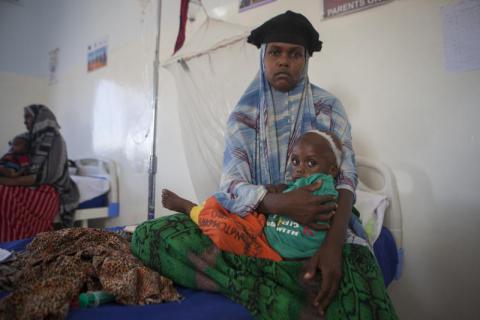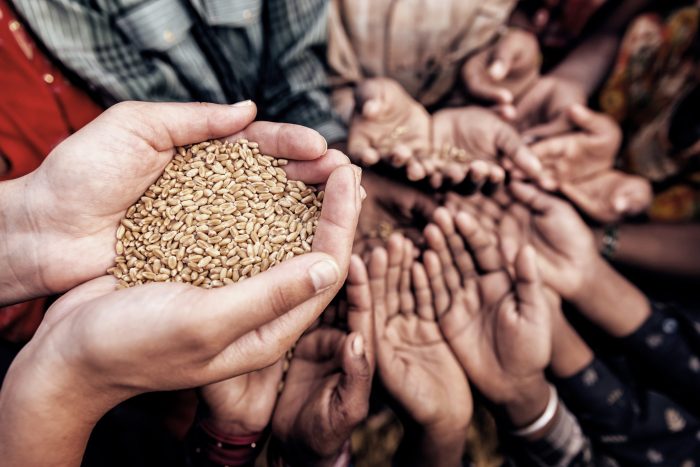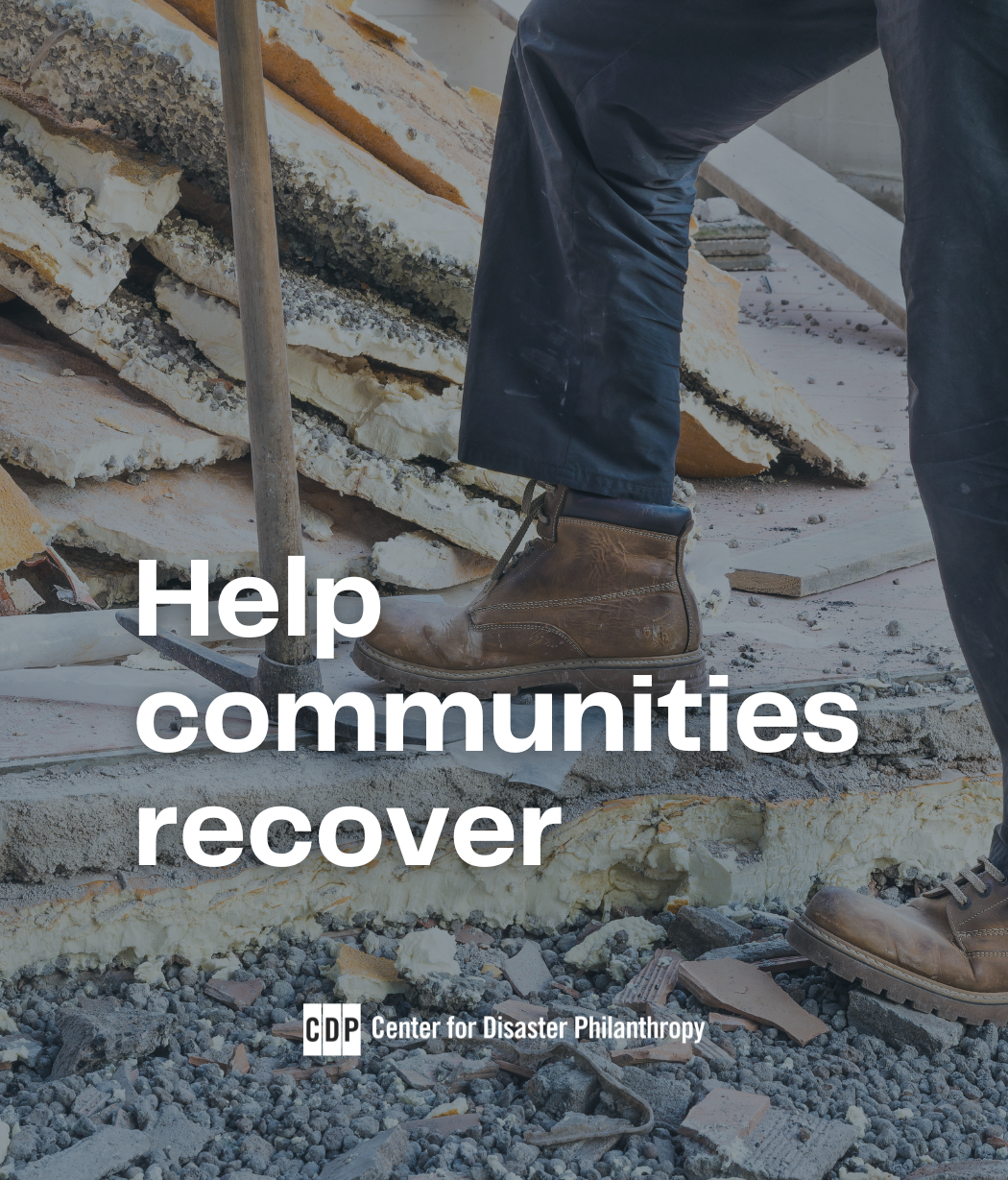How to Fund Food Crisis Before It’s Too Late
Sitting here in the United States, it’s hard to imagine what a famine looks like. But listening to Jesse Hartness, senior director of emergency health and nutrition at Save the Children talk about his recent time in Somalia, it wasn’t hard at all. “It was shocking to see the number of dead animals everywhere you […]

Sitting here in the United States, it’s hard to imagine what a famine looks like. But listening to Jesse Hartness, senior director of emergency health and nutrition at Save the Children talk about his recent time in Somalia, it wasn’t hard at all.

“It was shocking to see the number of dead animals everywhere you went,” Hartness said. “Everywhere, I saw animals who had just laid over and died. Even while I was talking to a woman one day, during our conversation, her cow just laid over and died and I had this moment where I realized that she had just lost everything she had in world right then.” For the first time, the world is facing the possibility of four simultaneous famines in South Sudan, Somalia, Nigeria, and Yemen. It’s possible that other countries of East Africa will also reach famine status this year as well. The United Nations defines famine when certain measures of mortality, malnutrition, and hunger are present. Those measures are: at least 20 percent of households in an area face extreme food shortages with limited ability to cope; acute malnutrition rates exceed 30 percent; and the death rate exceeds two persons per day per 10,000 persons. At this time, official famine has only been declared in parts of South Sudan, but other areas are rapidly approaching the markers. An estimated 20 million people across the region are at risk of starvation in the coming months. The current situation has frequently been compared to Somalia in 2011, when an estimated 250,000 people died of hunger. However, today’s situation is far worse. In all four countries, severe drought is exacerbated by conflict, which has hampered crop production, and interfered with the ease of moving incoming water and food around in the area. Responding non-governmental organizations (NGOs) have indicated that rains, expected to start in the area in the coming month, are not likely to improve the situation. International Rescue Committee staff noted that in some areas, the rains will likely cause flash flooding and increase the risk or spread of diseases such as malaria and cholera (which is already on the rise). In some areas the rains may not come at all. Hunger is one of the world’s most solvable problems. But today, too few people are paying attention to these four food crises. By the time there are enough deaths to draw real media attention, it will be too late. At that point, we will have surpassed the mortality losses in Somalia from six years ago. Those who do survive will face devastating long-term effects. Children will face long-term developmental issues, families and communities will be destroyed, and conflict will escalate due to food insecurity. Funders looking to address this crisis should consider the following:
- Join the CDP Webinar “Four Famines.” Taking place May 9, the discussion will feature panelists from the Norwegian Refugee Council, World Food Programme, and other organizations.
- Leverage use of your funds. For example, if you are funding education initiatives, overlay it with a grant for school meals. This will keep children in a safe place, receiving education and food.
- Provide unrestricted funds to NGOs, especially when they are working to provide mobile services in conflict areas. To increase the number of people they are reaching, several of our partner NGOs are working to provide mobile health and nutrition units in affected areas. Add in the potential for violence and conflict around them as they work, and they have a high need for nimble, unrestricted support.
- Learn all you can about the situation. A couple of important resources include CDP’s Africa and Middle East Food Crisis profile, Save the Children’s Famine Fact Sheet, and IRC’s “5 Things You Think You Know About Famine, and the Actual Facts.”.
More like this

First-Ever U.S. Coalition Unites Americans Against Hunger

